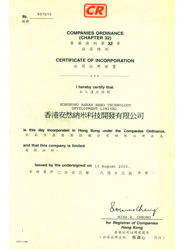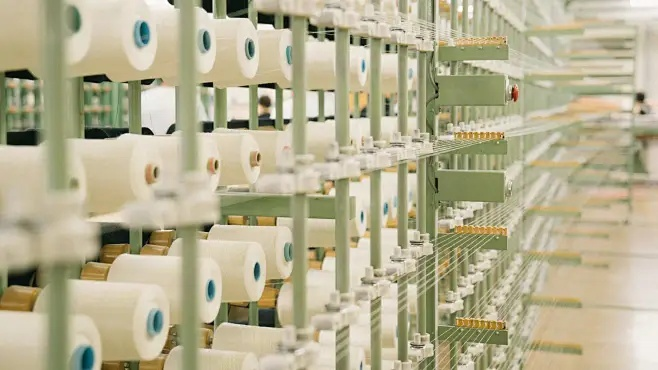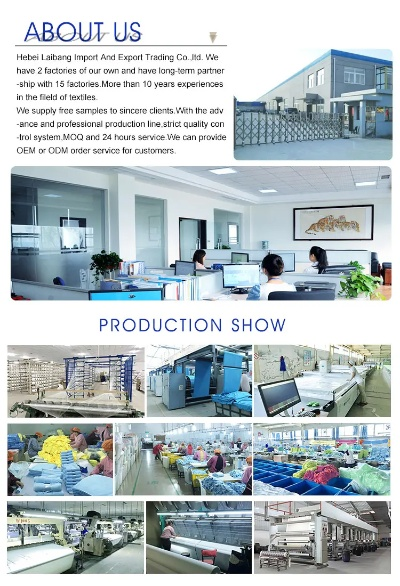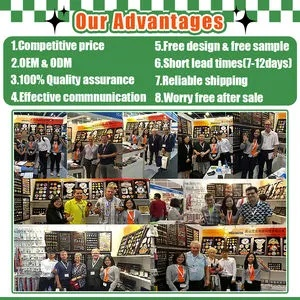How a Textile Company Manages Accounting
: The Accounting Management of a Textile Company,In the textile industry, accounting management plays a crucial role in ensuring accurate financial reporting and decision-making. A typical textile company may employ various accounting practices to manage its finances effectively. These practices include maintaining a detailed inventory system, using standardized accounting software, and regularly auditing financial records to ensure compliance with regulations. Additionally, the company may engage in cost-benefit analysis to optimize production processes and reduce expenses. By implementing these strategies, the textile company can maintain transparency and control over its financial operations, which is essential for long-term success.
Introduction: In the textile industry, accounting is not just about recording transactions but also about managing and reporting financial information that supports strategic decision-making. A well-managed accounting system can help textile companies stay compliant with regulations, track revenue and expenses accurately, and provide valuable insights for growth and profitability. In this guide, we'll explore how a typical textile company manages its accounting process, including the use of tables and case studies to illustrate key steps and practices.

Step 1: Identify and Record Revenue Streams A textile company needs to identify all sources of revenue to accurately track sales and income. This includes direct sales to customers, licensing agreements, royalties, and any other forms of revenue generated through the company’s products or services. The company should record each revenue stream in an accounting table, typically a statement of revenues, which shows the total amount of revenue generated by each source over a specific period.
Table Example: | Revenue Stream | Description | Total Revenue (in USD) | |-----------------|-------------|----------------------| | Direct Sales | Sales from physical stores | $500,000 | | Licensing Agreements | Royalties from licenses | $200,000 | | Royalties | Income from patents | $100,000 | | Other Revenue | Other sources like online sales | $300,000 | | Total | | $1,100,000 |
Step 2: Accurately Record Expenses Accurately recording expenses is crucial for maintaining accurate financial statements and ensuring compliance with tax laws. The company should include all necessary expenses, such as raw material costs, labor, manufacturing overhead, marketing expenses, and any other relevant costs. Each expense should be recorded in an accounting table, typically a statement of expenses, which shows the total amount spent on each category over a specific period.
Table Example: | Expenses Category | Description | Total Expenses (in USD) | |------------------|-------------|----------------------| | Raw Materials | Cost of materials used | $600,000 | | Labor | Wages and benefits | $450,000 | | Manufacturing Overhead | Factory rent, utilities, etc. | $300,000 | | Marketing Expenses | Promotional activities, advertising | $250,000 | | Other | Miscellaneous expenses | $50,000 | | Total | | $1,100,000 |
Step 3: Record Financial Transactions Financial transactions, such as loans, investments, and dividends, should be recorded according to their timing and nature. For example, if a company borrows money from a bank, it should record the loan as an increase in long-term debt. If it invests in another company, it should record the investment as an increase in equity. All financial transactions should be documented in a financial statement, typically a balance sheet, which shows the company's assets, liabilities, and equity at a particular point in time.
Table Example: | Financial Transaction | Type of Transaction | Amount (in USD) | |-------------------|------------------|----------------| | Borrow Money | Loan | $1,000,000 | | Invest in Company | Shares | $500,000 | | Dividends | Cash dividends | $300,000 | | Other | Other | $200,000 | | Total | | $1,600,000 |
Step 4: Compliance and Reporting Compliance with regulations is essential for textile companies operating in different countries. They need to ensure that their accounting systems comply with local and international standards such as the International Financial Reporting Standards (IFRS) or the US Generally Accepted Accounting Principles (GAAP). Companies must also report their financial information regularly to regulatory bodies, investors, and other stakeholders. This includes quarterly earnings reports, annual financial statements, and any other required disclosures.
Case Study: XYZ Textiles Inc., a leading producer of high-quality textiles, has been following a comprehensive accounting process for several years. Their team tracks revenue and expenses using detailed accounting tables and maintains accurate financial records throughout the year. XYZ has also implemented advanced software to automate financial transactions and ensure compliance with regulations. As a result, they have consistently provided accurate financial reports to investors and regulators, demonstrating their commitment to transparency and accountability.
Conclusion: Accounting is a critical aspect of any textile company’s operations. By identifying and recording revenue streams, accurately recording expenses, documenting financial transactions, and complying with regulations, companies can effectively manage their finances and support strategic decisions. By following best practices and leveraging technology, textile companies can improve their financial management and drive growth and profitability.
纺织品公司账务处理概述
在纺织品行业中,正确处理账务对于公司的运营和发展至关重要,本文将围绕纺织品公司如何进行账务处理展开讨论,并提供一些实用的方法和案例。
账务处理流程
采购与入库管理
在采购纺织品时,应详细记录采购订单、发票和收货情况,在入库时,应建立详细的入库单,记录每批货物的数量、价格、供应商等信息,应定期对账,确保账目与实际库存相符。
生产成本核算
纺织品公司的生产成本包括原材料采购、生产过程中的直接成本和制造费用,应建立详细的成本核算表,记录每批产品的生产成本,包括原材料成本、直接人工成本和制造费用等,应定期进行成本核算和分析,以优化生产成本。

销售与收款处理
纺织品公司应建立完善的销售和收款流程,在销售时,应开具销售发票,记录销售订单和收款情况,在收款时,应及时确认收款金额,确保账目清晰准确,应定期核对应收账款,确保款项及时回收。
案例说明
以一家纺织品公司为例,说明其账务处理的实际操作。
采购与入库管理案例
某纺织品公司在采购过程中,详细记录了采购订单、发票和收货情况,在入库时,建立了详细的入库单,记录了每批货物的数量、价格、供应商等信息,定期与供应商对账,确保账目与实际库存相符,公司还建立了完善的退货处理流程,及时处理退货商品。
生产成本核算案例
某纺织品公司在生产过程中,建立了详细的成本核算表,该公司在成本核算表中详细记录了原材料成本、直接人工成本和制造费用等,定期进行成本核算和分析,以优化生产成本,公司还采用了先进的生产管理系统,提高了生产效率和准确性。
实用方法和建议
建立完善的财务管理制度
纺织品公司应建立完善的财务管理制度,包括采购、生产、销售等各个环节的财务管理规定,应定期对财务管理制度进行审查和更新,以确保其符合公司的发展需求。
加强与供应商的沟通与合作
纺织品公司应加强与供应商的沟通与合作,建立良好的合作关系,通过与供应商建立良好的合作关系,可以降低采购成本、提高生产效率和质量、降低财务风险等。
采用先进的财务管理软件
纺织品公司可以采用先进的财务管理软件,提高财务管理的效率和准确性,通过采用先进的财务管理软件,可以更好地进行成本核算、财务分析等财务管理工作。
纺织品公司在进行账务处理时,应遵循会计准则和制度,建立完善的财务管理制度,加强与供应商的沟通与合作,采用先进的财务管理软件等措施,还应定期进行账目核对和审计,确保账目的清晰准确,通过正确处理账务,可以更好地进行公司的运营和发展。
Articles related to the knowledge points of this article:
Shopping for Textiles in a Textiles Shop



